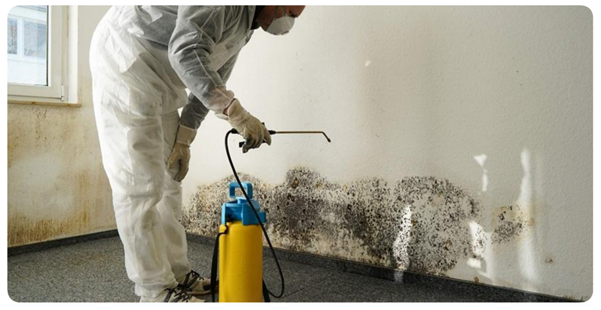How Pickleball Insoles Can Prevent Injuries
Pickleball is a sport that demands agility, quick movements, and frequent changes in direction, placing considerable stress on the feet, ankles, and lower limbs. Injuries such as ankle sprains, plantar fasciitis, and tendonitis are not uncommon among pickleball players, especially those who participate regularly or competitively. Properly selected pickleball insoles can play a pivotal role in injury prevention by providing essential support, cushioning, and stability during gameplay.
Enhancing Shock Absorption and Cushioning
One of the primary functions of pickleball insoles in injury prevention is their ability to absorb shock and cushion the feet from impact forces generated during play. The repetitive nature of pickleball movements, including sudden stops, pivots, and jumps, can exert significant pressure on the feet and joints. Insoles with adequate cushioning, such as those made from gel or foam materials, help to distribute these forces more evenly, reducing the strain on vulnerable areas like the heels and balls of the feet.
Moreover, effective shock absorption provided by pickleball insoles helps to minimize the transmission of impact forces up the kinetic chain, thereby reducing the risk of injuries to higher structures such as the knees and lower back. Players who experience discomfort or pain during or after pickleball sessions may benefit from upgrading to insoles that offer superior shock absorption capabilities, enhancing overall comfort and reducing the likelihood of overuse injuries over time.
Supporting Proper Foot Alignment and Biomechanics
Proper foot alignment and biomechanics are crucial for preventing injuries in pickleball, where precise movements and agility are essential for performance. Pickleball insoles with integrated arch support and heel stabilization features help to maintain the natural alignment of the foot throughout dynamic movements on the court. By supporting the arches and controlling excessive pronation or supination, these insoles can reduce strain on the ligaments, tendons, and muscles that support the foot structure.
Players with high arches may benefit from insoles that provide enhanced arch support to prevent excessive stress on the plantar fascia, a common cause of heel pain and plantar fasciitis. Conversely, individuals with flat feet or overpronation can benefit from insoles that offer medial arch support and heel cups to stabilize the foot and ankle, reducing the risk of injuries such as shin splints or Achilles tendonitis. Choosing pickleball insoles that are specifically designed to accommodate your foot type and biomechanical needs can significantly contribute to injury prevention and long-term musculoskeletal health.
Reducing Fatigue and Enhancing Endurance
Fatigue can compromise a player’s performance and increase the risk of injuries during prolonged pickleball sessions. Pickleball insoles that incorporate energy-returning materials or advanced cushioning technologies help to minimize fatigue by reducing the amount of energy expended with each step and jump. These insoles absorb impact forces more efficiently, allowing players to maintain higher levels of energy and endurance throughout matches or training sessions.
Furthermore, fatigue-related injuries, such as stress fractures or muscle strains, are less likely to occur when the feet are adequately supported and cushioned by high-quality pickleball insoles. Players can focus more on their gameplay technique and strategy without being distracted by discomfort or pain caused by inadequate footwear support. Investing in insoles that prioritize both comfort and performance can enhance overall endurance and reduce the risk of injuries associated with muscle fatigue or overexertion on the pickleball court.
Improving Stability and Balance
Maintaining stability and balance is essential for preventing falls, twists, and other acute injuries during pickleball matches. Pickleball insoles with features such as lateral support and heel cups help to stabilize the foot and ankle, reducing the risk of ankle sprains or twists caused by sudden changes in direction or uneven surfaces on the court. These insoles provide a secure foundation for the foot, allowing players to execute movements with greater confidence and agility.
Moreover, improved stability and balance facilitated by pickleball insoles contribute to overall proprioception, or the body’s awareness of its position in space. This heightened proprioception helps players to react quickly to unexpected movements or challenges on the court, reducing the likelihood of injuries related to missteps or awkward landings. Whether you’re a novice player or a seasoned competitor, prioritizing stability-enhancing insoles can optimize your performance and minimize the risk of injuries that could sideline your pickleball season.
Choosing the Right Pickleball Insoles for Injury Prevention
Selecting the best pickleball insoles for injury prevention involves considering several factors, including your foot type, playing style, and specific injury concerns. Insoles with a combination of cushioning, support, and stability features offer comprehensive protection against common pickleball injuries, enhancing comfort and performance on the court. Evaluate different insole options based on their materials, design, and compatibility with your existing pickleball shoes to ensure a proper fit and optimal functionality.
Additionally, seek advice from healthcare professionals or podiatrists if you have pre-existing foot conditions or recurrent injuries that may benefit from specialized insole support. Custom orthotic insoles can be tailored to address specific biomechanical issues, providing personalized solutions for long-term injury prevention and enhanced athletic performance. By investing in high-quality pickleball insoles that prioritize injury prevention and comfort, you can enjoy the sport with confidence, knowing that your feet are adequately supported and protected against potential risks.



